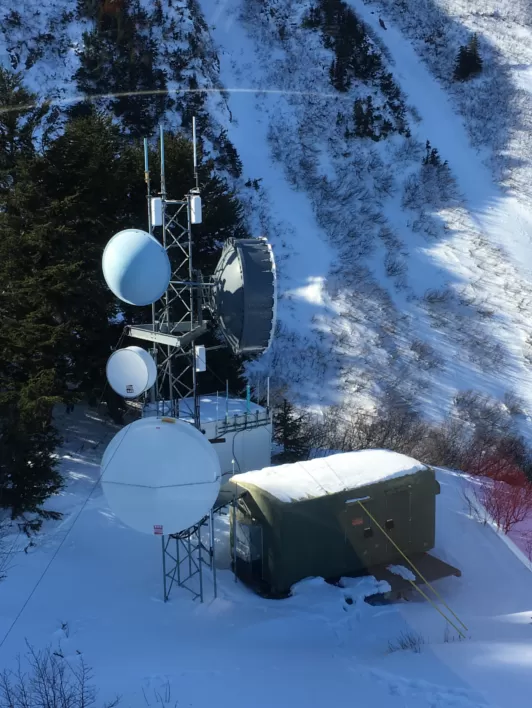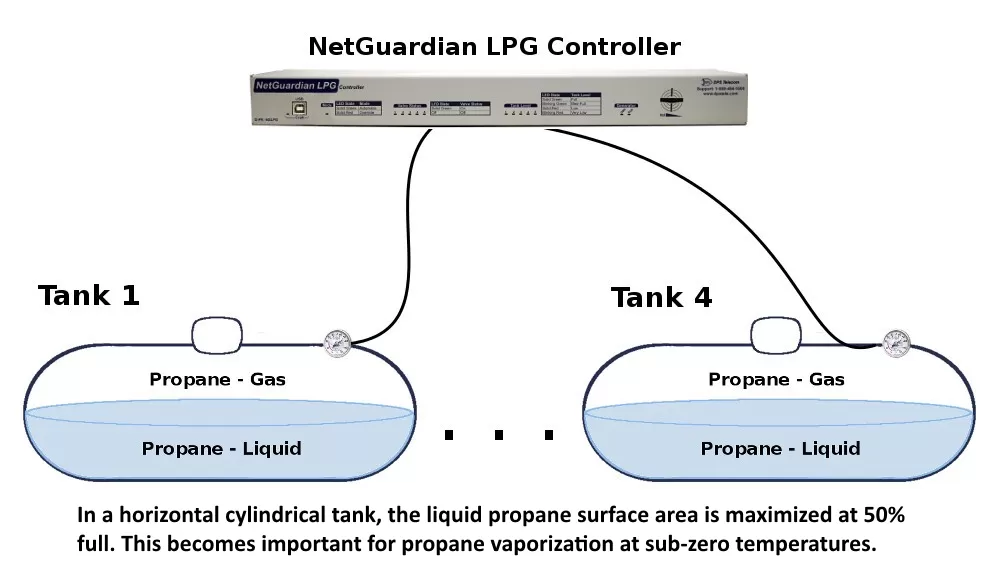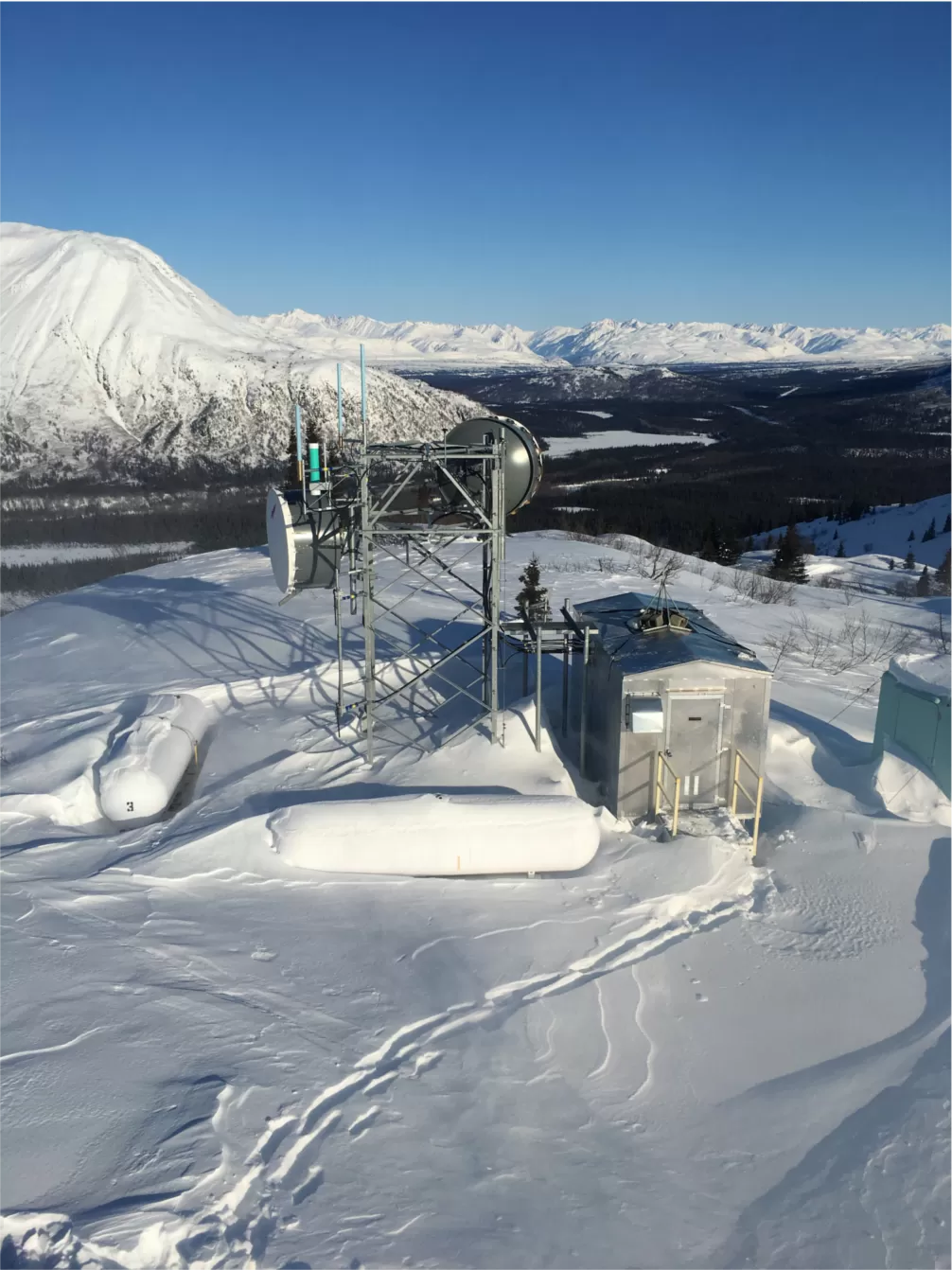Check out our White Paper Series!
A complete library of helpful advice and survival guides for every aspect of system monitoring and control.
1-800-693-0351
Have a specific question? Ask our team of expert engineers and get a specific answer!
Sign up for the next DPS Factory Training!

Whether you're new to our equipment or you've used it for years, DPS factory training is the best way to get more from your monitoring.
Reserve Your Seat TodayDo you have propane tanks located in areas that go through extreme cold weather? If so, you know what a challenge that can be. Extreme temperatures can cause some unique concerns.
Liquid propane, in its normal state, is boiling. This is what causes it to vaporize. This means that propane boils at an extremely low temperature (-44F). But, once you get it down below that temperature, it's just liquid.

If you use propane to power equipment at your remote sites, then you have to be even more careful. If the temperature is too low, the propane will not evaporate properly, rendering your gear inoperable.
In extreme cold, propane doesn't vaporize. Therefore, it becomes useless.
Propane vaporizes based on the area of the liquid - the bigger your surface area, the more that can vaporize. So, by controlling the propane levels in all of the tanks, and keeping them all even near 50%, you maximize your surface area when you get into the colder months.
As you get closer to the point where propane doesn't vaporize as efficiently, you still have all that surface area to vaporize propane and avoid using heaters. However, this is easier said than done.
To accomplish this, you need a device that can remotely monitor and maintain an equal amount of propane in all of your tanks - especially in the ones placed in areas that are difficult to get to during cold seasons. In this article, we'll talk about how we customized a monitoring solution for this problem.
Recently, we had a new client from Alaska reach out to us with this same issue. Their situation was unique when it comes to propane because most places are warmer and don't have a problem with propane not vaporizing.
During our customization consultation, they explained their needs and pain points. They needed a way to detect and prevent tanks from using propane unevenly - leading to some tanks with an insufficient surface area for vaporization.
They use cylindrical, horizontal propane tanks to increase liquid surface area. Because, as I've said before, the more surface area in the tank, the more opportunity there is for the liquid propane to evaporate into a usable form. This process is optimized when the tank is 50% full and the liquid surface intersects the widest point in the tank.
To combat the effects caused by extremely low temperatures, they needed a way to monitor and control the rate at which the propane in each tank is used. The solution was the LPG Controller.
With The NetGuardian LPG Controller you can remotely monitor and control the status of up to 5 propane tanks with the use of just one piece of equipment. It sends you up-to-date information on levels of propane and other fuels, allowing you to schedule refueling times. It also lets you know when there's a problem such as a leak in a tank.
The LPG Controller is an RTU that allows you to remotely monitor and control the rate at which each tank is utilized. This particular client refuels their tanks in the spring and the LPG Controller keeps them drawing down evenly so that, come winter, the tanks are around 50% maximum vaporization potential.

Since we manufacture our monitoring units in-house, we were about to make a custom solution to fit this client's needs. It involved a propane monitoring and propane leak detection system. In the end, they had a device that attends to all their specific requirements.
The propane tank monitoring project was such a success that this company decided to deploy other NetGuardians to keep an eye on their other important equipment. Now, they are aware of the environmental conditions of each remote sites they have, which include:
They've reached the point through monitoring where, when a piece of equipment that affects service goes down, they are able to call their customers to warn them about possible service disruption. Letting customers know about possible service issues is the right approach - not the way around.
Also, with efficient remote monitoring, our client was able to achieve a 75% reduction in technician after-hours call-outs. They now are able to perform proactive maintenance, so the number of call-outs they have is down to about one every month and a half.
Take a look at our list of NetGuardian RTUs.
And, when an issue actually happens, they get alerts in a timely manner. These are received by email which was configured by the techs themselves according to makes more sense to them. They are able to know what's going on with their network from whatever they are.

Do you have unique monitoring needs that off-the-shelf devices can't quite meet? With our in-house design of monitoring solutions, there's virtually no limit to what kind of devices and application you can keep an eye on.
We can make sure you stay on top of the issues with proactive alerts and insightful reports. You'll get a sense that something's wrong before it even happens.
You'll ultimately avoid profit-killing problems, such as poor site performance and outages. Since you don't have so much time manually monitoring your network, you can spend time with other tasks instead.
So, let us know what kind of monitoring issues you have and we'll do the rest.

Morgana Siggins
Morgana Siggins is a marketing writer, content creator, and documentation specialist at DPS Telecom. She has created over 200 blog articles and videos sharing her years of experience in the remote monitoring industry.